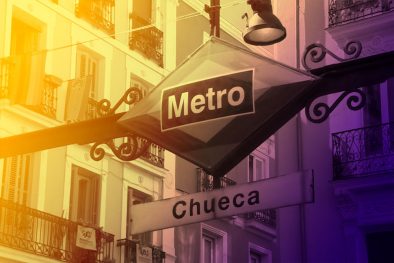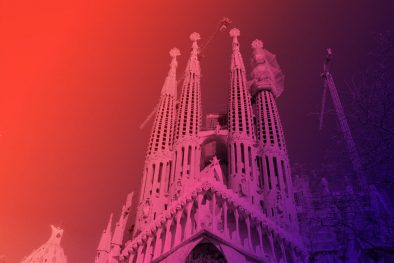No one doubts the importance of a greater LGBTQ+ representation in the audiovisual world. That the little ones see similar characters on the screen is a priori totally inconsequential. However, seeing LGBTQ+ heroes and heroines can become a key positive reinforcement for new generations to celebrate and freely express their sexuality or gender identity.
Although scarce, the queer presence in Spanish productions is not non-existent. Today we want to tour with you five scenes of LGBTQ+ movies and series that once witnessed the most inspiring stories.
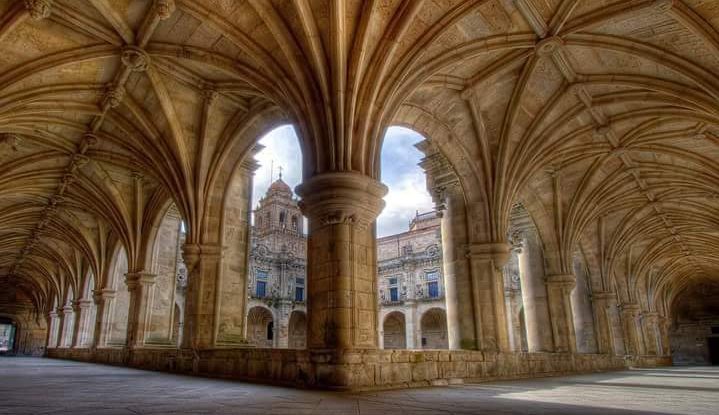
The monastery of San Salvador in Elisa and Marcela
Elisa y Marcela is a biographical film directed by Isabel Coixet and starring Natalia de Molina and Greta Fernández. The film tells the story of Elisa Sánchez Loriga and Marcela Gracia Ibeas, who married in 1901 and became the first religious homosexual marriage registered in Spain.
Part of the production was carried out in A Coruña and Ourense, where Coixet selected real settings to set this beautiful LGBTQ+ film shot in black and white. Among the places that the filmmaker toured, we highlight the monastery of San Salvador, in Celanova, where the school was recreated in which the protagonists fell in love back in 1885.
Filming was also temporarily based in the municipalities of Brión, Porto do Son, Pazos de Arenteiro and Boborás.
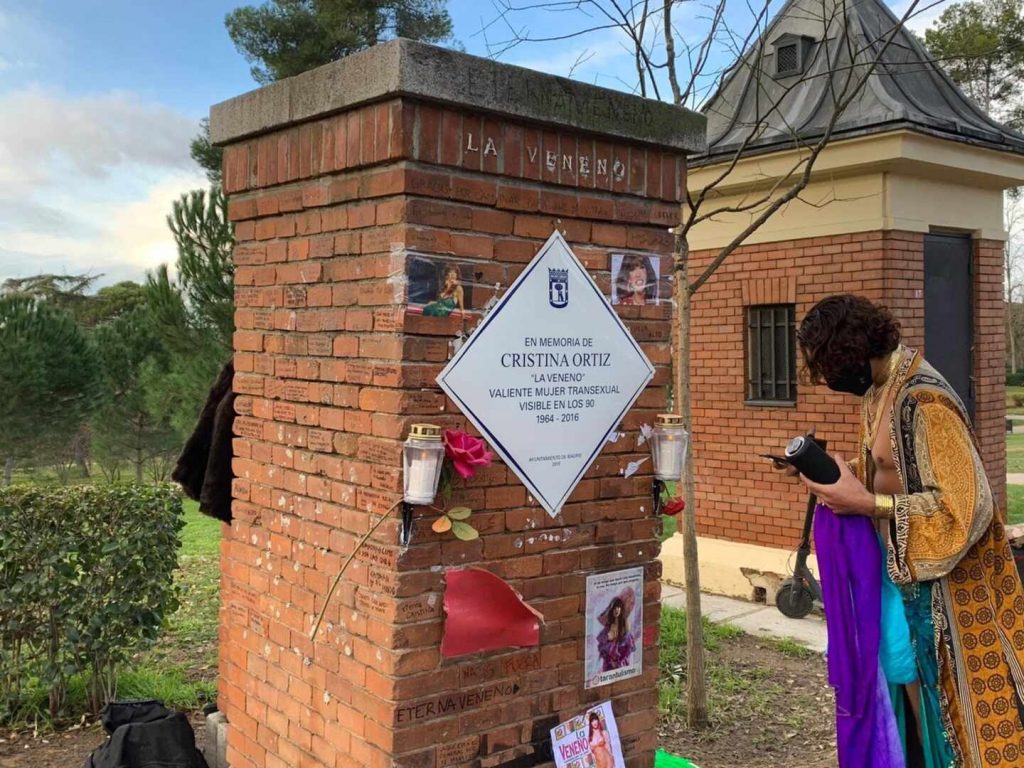
El Parque del Oeste in Veneno
Veneno is a series created by Javier Calvo and Javier Ambrossi. The production narrates in eight chapters the life of Cristina Ortiz, a transgender woman known in the world of entertainment with the nickname of La Veneno.
One of the main settings in the series is Parque del Oeste, a 75-hectare park in Madrid located between the La Coruña highway, the University City and the Moncloa district. Cristina spent the best and worst moments of her life there, and it is in that place where part of her ashes rest under a plaque in memory of what her character supposed for the visibility of the trans reality.
Another important place in La Veneno‘s life was her hometown, Adra, located in Almería.
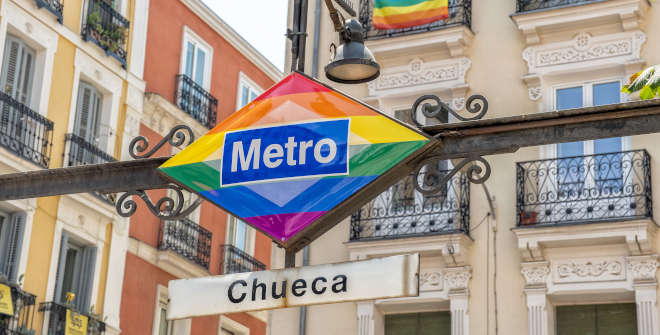
The Chueca neighborhood in Maricón perdido
Maricón perdido is a series created and written by Bob Pop inspired by episodes from his own life. The fiction shows the misadventures of Roberto, who at just 12 years old begins a search for identity that will take him to Chueca. There he will try to reformulate his life trying to answer the question of who he is and how to be happy in such a hostile world.
Chueca is the quintessential gay neighborhood in Madrid and one of the most important in the world. Beyond Maricón perdido, the town has served as the setting for LGBTQ+ films such as Los novios búlgaros by Eloy de la Iglesia, or Fuera de carta by Nacho García Velilla.
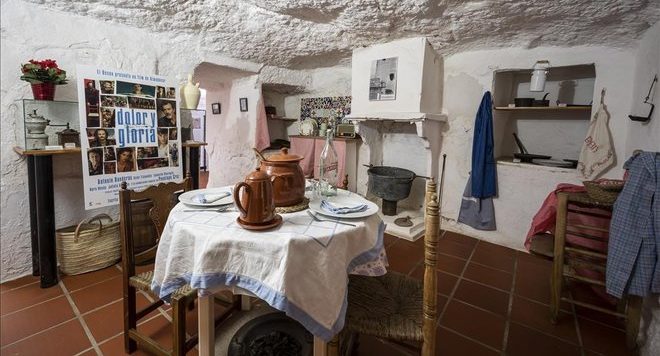
The caves of Paterna in Dolor y gloria
Dolor y gloria is a masterpiece by Pedro Almodóvar. Not surprisingly, the film has been the winner of seven Goya awards and has been nominated for an Oscar for best international film. Through the fictional character of Salvador Mallo, Almodóvar takes an honest look at his own sexuality and invites us to reflect on issues such as desire, addiction, depression and the emotions that tie us to the family.
The caves of the Valencian town of Paterna allowed the director to create an intimate refuge where his characters were able to travel through their inner worlds without external disturbances.
To fully understand life in this type of housing, we recommend visiting the Cuevas del Batán Cultural Space, which has an exhibition where you can see images of the shooting, objects from the film and a complete cave-house like the one seen in the headband.
The Paterna tower and the Campamento de Paterna train station, currently known as the Campament Metro station, were also part of Dolor y gloria.
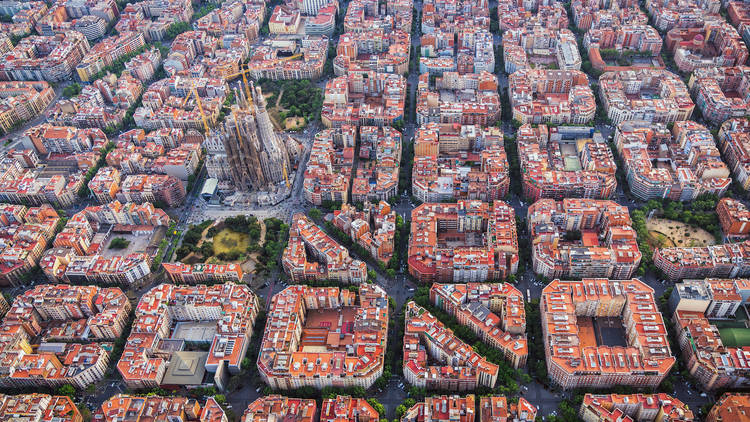
Barcelona streets in Barcelona, noche de verano
Barcelona, noche de verano is a romantic comedy directed by Dani de la Orden. Inspired by the Joan Dausà song Jo mai mai, the film tells six love stories that happened on the night of August 18, 2013, just when Comet Rose crossed the city of Barcelona.
Among all the stories in the film, the one that takes place between the characters of Alex Monner and Luís Fernández stands out, both footballers who rebel against homophobia in the sports world and decide to start a beautiful romance.
In addition to being the setting for the filming of the film, Barcelona also hosted its premiere. Specifically, the first screening of Barcelona, noche de verano, was held in the old Damm factory, historically known as La Bohemia. Paradoxically, the complex is located in the Eixample district, famous for its LGBTQ+ friendly venues.


